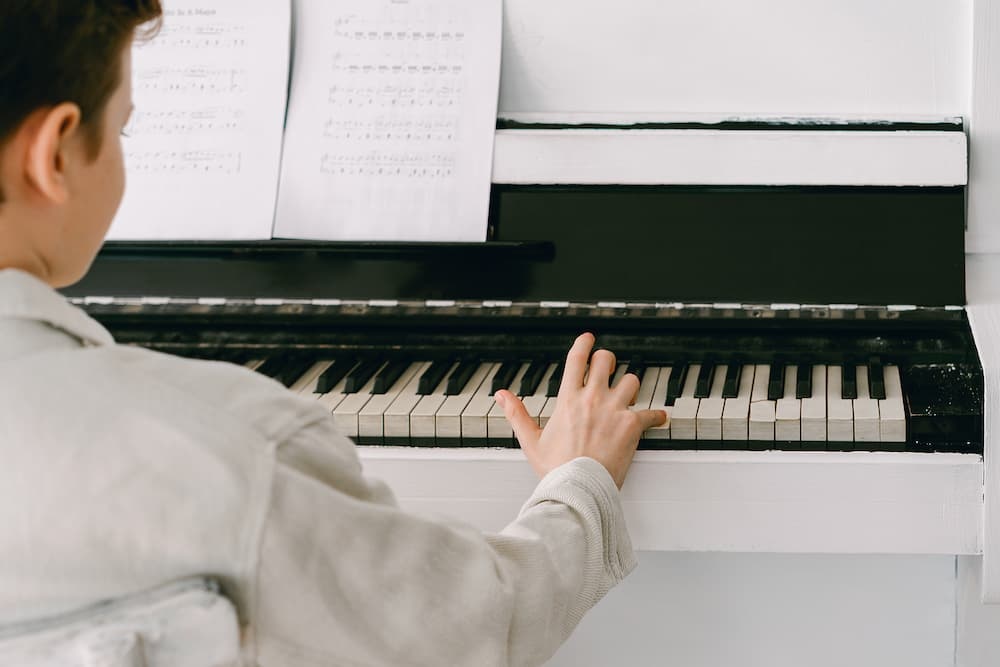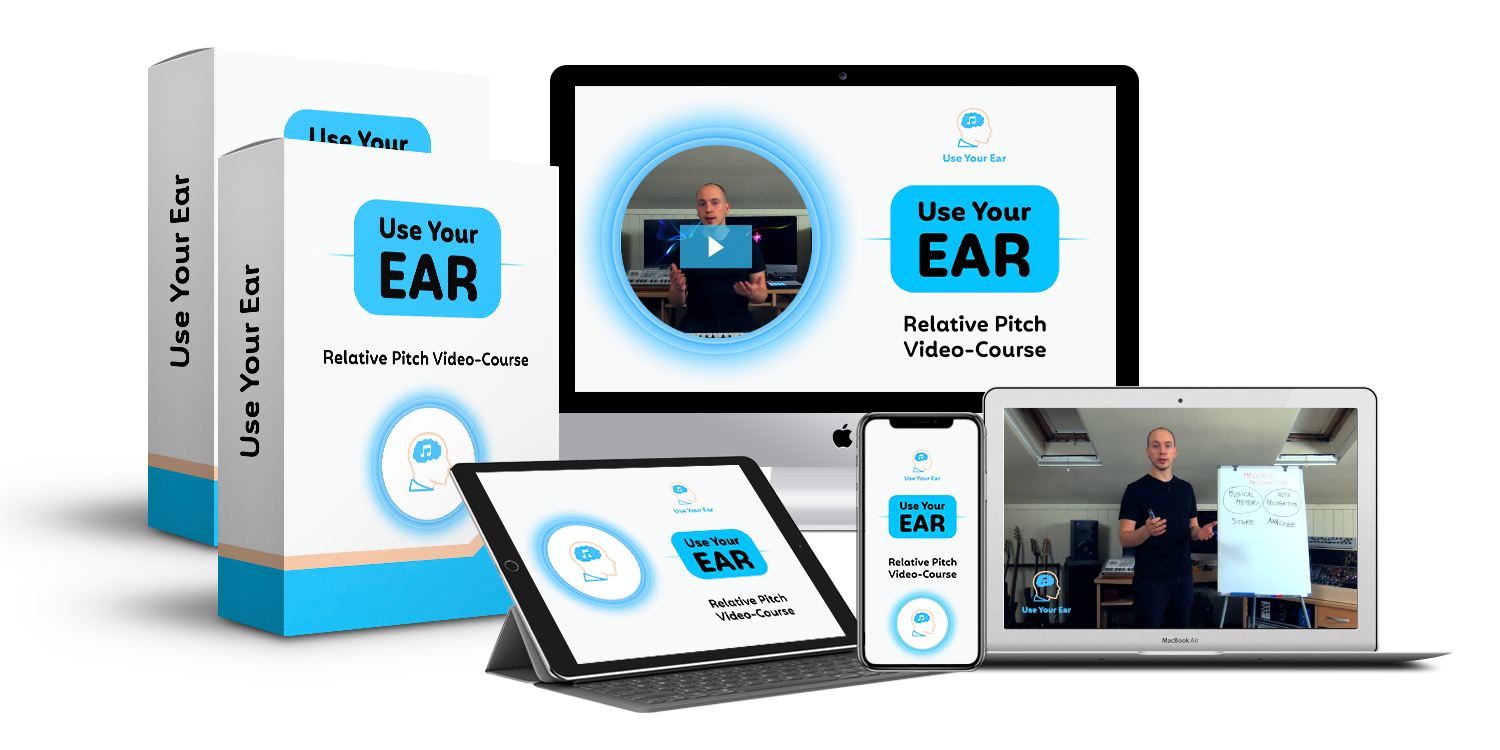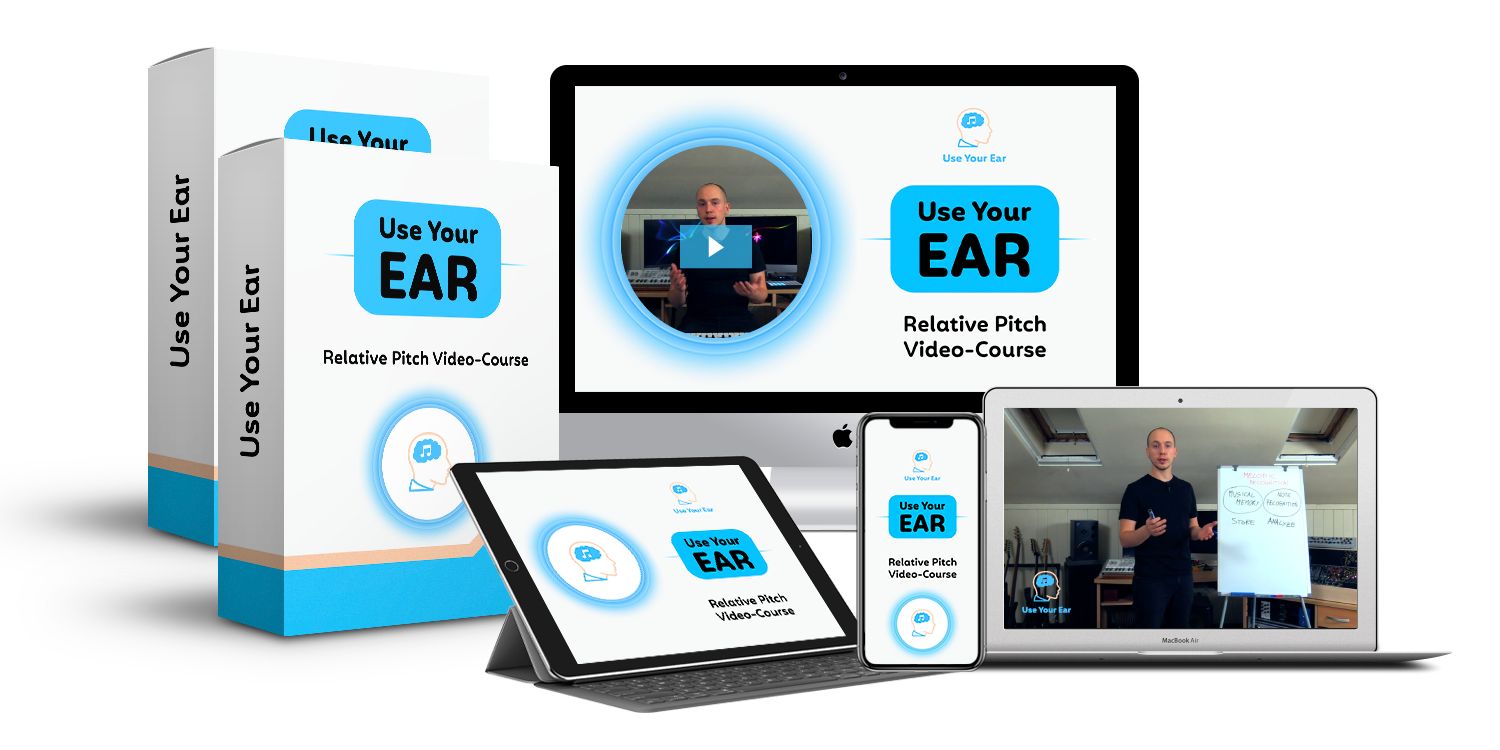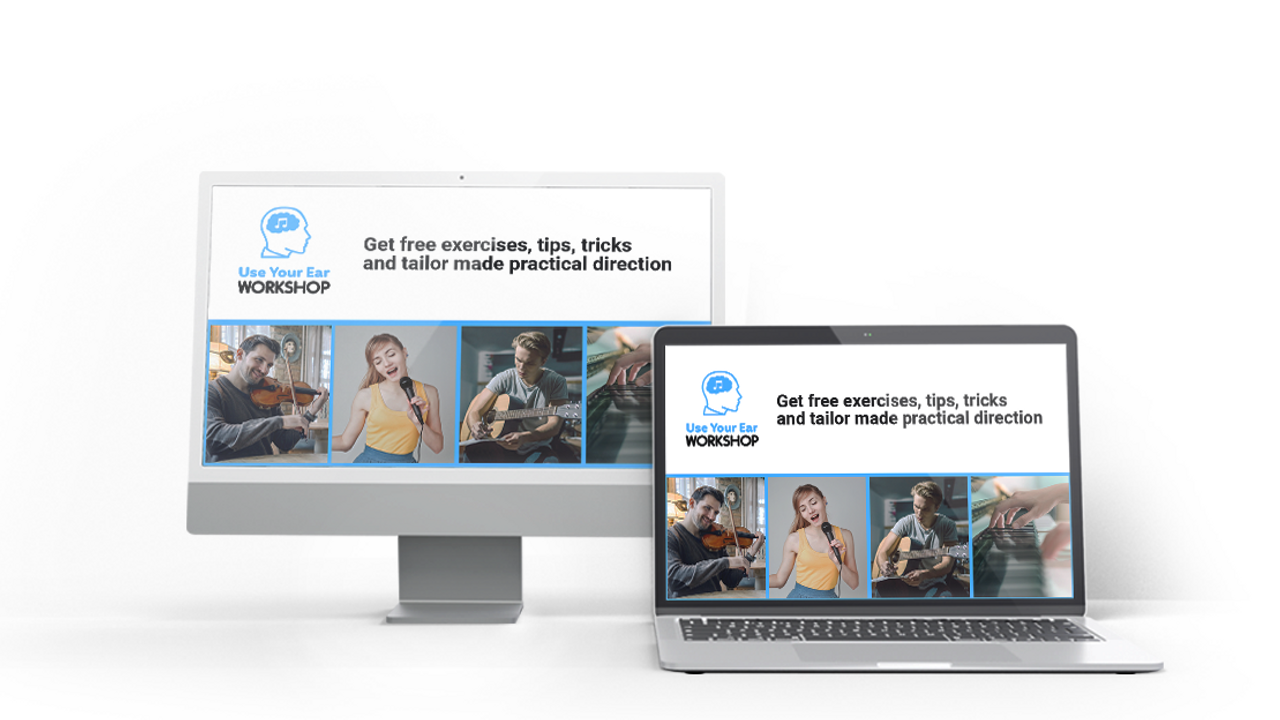Note Ear Training
As any musician knows, note ear training is essential for playing music well. Without the ability to distinguish between different pitches and tones, it would be impossible to produce beautiful music. With note ear training, you can develop a better sense of pitch and improve your ability to play by ear.

Importance of Note ear training
There are a few reasons why note ear training is so important.
- Note ear training helps you figure out how to play a song just by listening to it. If you can't tell one note from another, it will be very difficult to play by ear.
- Note ear training will help you develop a better sense of pitch. This is important for both playing by ear, sight singing and for your intonation skills (both as a singer or instrumentalist). If you can't tell whether a note is sharp or flat, it will be difficult to play or sing in tune.
- Note ear training will help you with music theory or composition. Being able to identify notes quickly and easily will save you a lot of time and will allow you to access the creative flow more easily.
Recognition of notes by ear
Interestingly, the note ear training method we are going to look at does not involve the interval training method which you may have heard about. This is because numerous researches has shown that the human perception of notes and sounds is context-dependent, and the interval ear training method inadvertently works against this very important principle. So how do we go about identifying notes by ear?

The perceptual mechanism of note recognition skill
In note ear training, there are three major mechanisms you can use to recognize notes by ear. They are all based on recognizing the tension/release sensation that each note assumes inside the key in which the note is being played. We call these methods:
- 1st mechanism: Recognizing the key's color of the note.
- 2nd mechanism: Recognizing the note by thinking of the scale.
- 3rd mechanism: Recognizing multiple notes at the same time by referring to higher-order familiar patterns.
1st mechanism: Recognizing the key's color of the note
The first mechanism of note recognition is to recognize key's color of the note. In any given key, all notes have a degree of tension or resolution. For example, in the key of C, the note C, which is the tonic, has the sensation of total resolution and is the gravitational center for every other note.
Once you are trained and advanced in your note ear training, you can intuitively recognize the note (scale degree of the key) without even thinking about it just like you can easily recognize the color blue or green as soon as you see them without consciously thinking about it.
You should absolutely make sure that your note ear training exercises routine also focuses on training this specific skill.


2nd mechanism: Recognizing the note by thinking of the scale
The second mechanism of note recognition is recognizing notes by thinking of the scale. So if you hear a note in a given musical piece (or even an entire melody), you can sing the scale of the musical piece in your head (or with your voice), and doing this you can easily find out what degrees of the scale the notes are. Although this method is slower than the first, you don't need a lot of skill to apply it and it also helps the first mechanism to develop.
3rd mechanism: Recognizing multiple notes at the same time by referring to higher-order familiar patterns
The third mechanism allows you to recognize multiple notes simultaneously. When you have some experience, you can develop the skill of recognizing portions of familiar patterns of notes (scales, arpeggios, etc.) or portions of melodies you have come across in other pieces of music, and this helps you recognize multiple notes instantly.
For example, when you hear a sequence of notes “4, 2, 4” your brain can quickly relate it to a familiar portion of a sequence you have heard in a known piece of melody. Similarly, if you hear the notes “4, 5, 6, 1, 3, 5” your brain can recognize the first portion as a scale sequence (4, 5, 6) and the second portion (1, 3, 5) as the tonic triad.


Notes ear training exercises
Many musicians practice note ear training by adopting ineffective approaches. The most common mistakes are practicing note ear training following a trial and error approach and/or interval ear training exercises.
The trial and error approach involves trying to find the note by randomly playing notes on your instrument until you chance upon the right one. This is a slow and painful process that doesn't allow you to build the tonal vocabulary that will help you recognize notes instantly.
Interval ear training exercises won’t help you recognize notes by ear either. This happens because they ignore how the human brain naturally perceives sounds, check out all the rigorous scientific studies that back this up in this video.
Want to learn how to recognize notes by ear?
we can help you
If you want to train your ear to recognize notes, we can help you. We have created a course that is based on how the human brain naturally processes sounds and pitch information in particular. You can start your ear training journey using our science-based methods and exercises with us.
Relative Pitch Video-Course
The Use Your Ear course gives you a complete path from zero to advance relative pitch skills regardless of your current level. With this ear training course, you will improve your note recognition skill (as well as every other relative pitch skill I.E. chord progressions recognition, melodic dictation, musical memory, etc.) and get noticeable results in little or no time.
With this course, you will :
- Save thousands of hours practicing ineffective ear training exercises that do not allow you to improve.
- Put an end to struggling to transcribe and play music by ear.
- Learn to improvise music that comes from your heart just like your musical heroes do.
- Make your ear training routine easy and fun with exercises that are appropriate for your current level.


Free Use Your Ear Workshop
If you want to explore what the Use Your Ear course can do for you without spending any money, we invite you to participate in our free three-hour long workshop that takes you into the world of our revolutionary science-based approach to ear training.
In this free workshop, you will:
- Discover the secret that great musicians use to play music by ear on the fly.
- Try our step-by-step approach that will help you develop advanced relative pitch skills in months.
- Practice numerous exercises that have helped thousands of students skyrocket their inner sense of musicality.
- Learn what exercises to avoid so you don’t get hopeless and frustrated as most musicians do.
Individual online lessons
Get a private one-on-one online lesson with one of our qualified teachers. During this session, you will work with our expert ear training teacher who will help you apply the concepts of the Use Your Ear method to your specific needs. You will get feedback on your progress, ask questions, and get insights that will help you accelerate your learning.
One-on-one ear training lessons online
Who are our courses for?

For both beginner and seasoned musicians who want to develop their relative pitch skills.

For musicians or music students who are struggling with note ear training.

For anyone who has already tried other ear training methods without success. Our innovative science-based method is designed to work for you.



